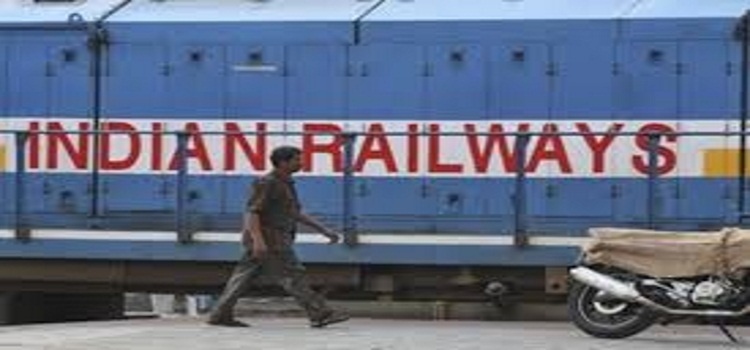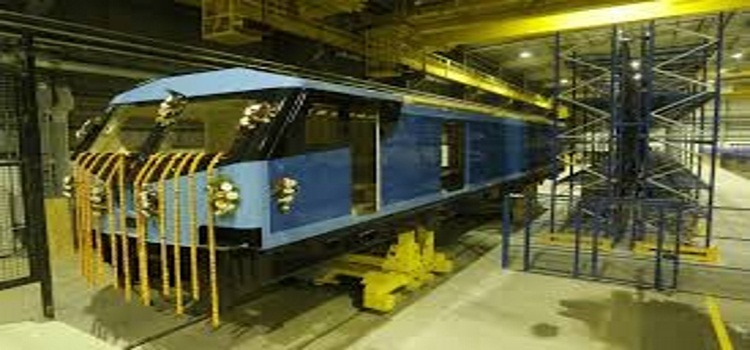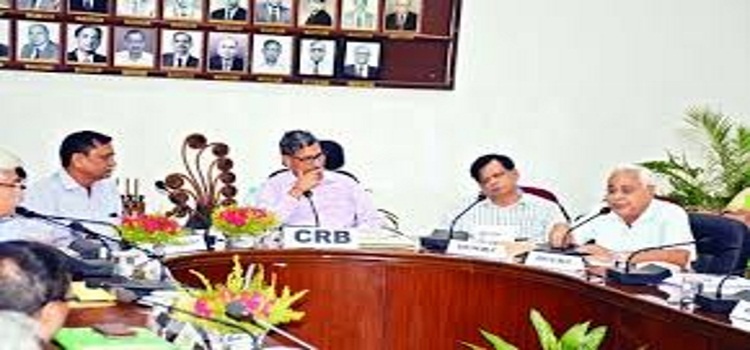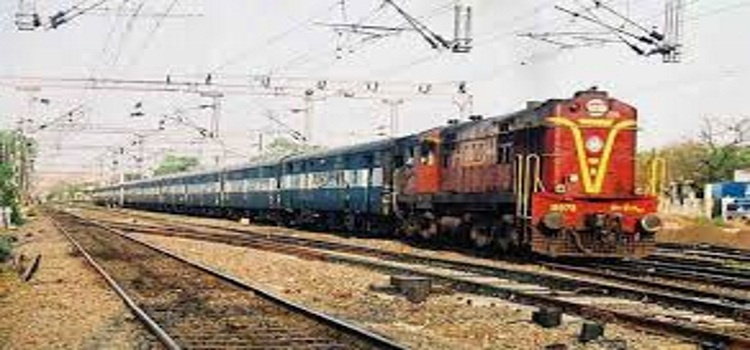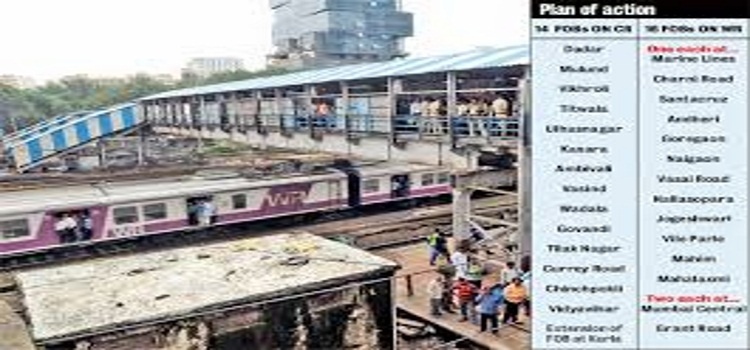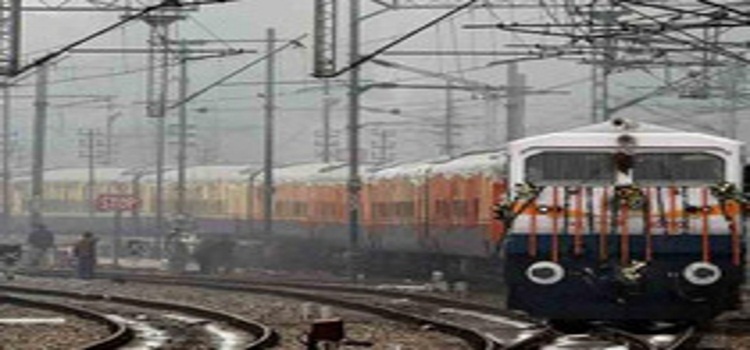The trend of optimisation has spanned beyond the fields of electronics, technology and media, reaching key verticals in the transportation sector such as the railways. With the evolution of sensors and wireless connectivity, remote management of railways is becoming more accurate. Railways management systems are being developed on a range of new technologies that can potentially augment the operational performance of railways administration.
Considering how railways will remain to be the backbone of logistics, infrastructure, and the overall economy of a country, administrative authorities are expected to adopt railways management systems for bolstering this commodity. According to Future Market Insights, the global market railways management systems in anticipated to gain traction in terms of revenues over the period of next five years.
During this forecast period (2017-2022), advent of new and improved technologies and subsystems will continue to transform the efficiency of railways management systems. The report projects that by the end of 2022, the global market for railways management system will be worth nearly US$ 5 billion.
According to the report, North America is anticipated to represent the largest market for railways management systems. Robust railway infrastructure in the US, increasing interests of North American railway administration towards adoption of advanced technologies, and extended railway budgets will continue to factor the soaring adoption of railways management systems in this region through 2022.
Traffic planning solutions to make headway through 2022
On the basis of solutions facilitated through railways management systems & subsystems, the global market is anticipated to witness higher demand for traffic planning solutions. In 2017, close to one-third of revenues procured in the global railways management system market are anticipated to be accrued from the adoption of traffic planning solutions.
Advanced traffic management systems for railways are expected to enable local administration adapt to the changing traffic patterns of regional railways. Management and planning of narrow track traffic will continue to be a key concern for railways administration, especially in metropolitan environments.
Primarily, railway administrations are adopting fully-integrated railways management systems built around the operational plan of local, interstate and regional railways. The report further projects that adoption of track management systems will witness robust traction over the foreseeable future. These solutions are expected to provide better efficiency in management of high speed and conventional speed trains, as well as their long-hauling rolling stocks.
The demand for operation management systems is also expected to soar in the view of increasing incidence of train collisions due to operational flaws. By 2022-end, operation management systems sold across the globe are likely to bring in over US$ 1.1 billion in revenues.
Cloud deployment of railways management system to register highest CAGR
On-premise deployment of railways management system is anticipated to bring in nearly US$ 2 billion in global revenues by the end of 2017. In the approaching years, however, several railway administrations across the globe are likely to deploy railways management system through cloud-based networking models.
For improving compliance of railways management systems across integrated platforms, cloud deployment will be viewed as the best option. Moreover, real-time management and active notification systems will be working more effectively through cloud deployment of railways management systems. Through 2022, global revenues procured from cloud deployment of railways management systems are anticipated to register highest CAGR of 13.2%.
Tracking the competitors in global railways management system market
The report observes that companies namely, Hitachi, Ltd., Cisco Systems, Inc., IBM Corporation, ABB Limited, Thales S.A., General Electric Co., Toshiba Corporation, Huawei Technologies Co., Ltd., GAO RFID, and Amadeus IT Group, S.A will remain active in expansion of global railways management systems market through 2022.
Key developers of railways management systems are expected to focus on full integration and adoption of advanced sensors & monitoring tools. These companies will be compelled to offer comprehensive railways management systems, ones that adapt to every kind of railway traffic density, and across underground lines and conventional railways.
About Future Market Insights: Future Market Insights is the premier provider of market intelligence and consulting services, serving clients in over 150 countries. FMI is headquartered in London, the global financial capital, and has delivery centres in the U.S. and India.
FMI’s research and consulting services help businesses around the globe navigate the challenges in a rapidly evolving marketplace with confidence and clarity. Our customised and syndicated market research reports deliver actionable insights that drive sustainable growth. We continuously track emerging trends and events in a broad range of end industries to ensure our clients prepare for the evolving needs of their consumers.
FMI’s team of over 200 research analysts provides market intelligence at global, regional, and country level. Our analysts are committed to provide independent insights, relying on our cognitive defusion training module, which conditions them to look at data objectively and unbiasedly.
